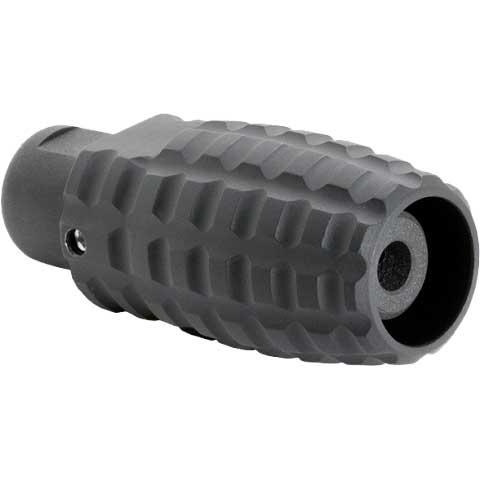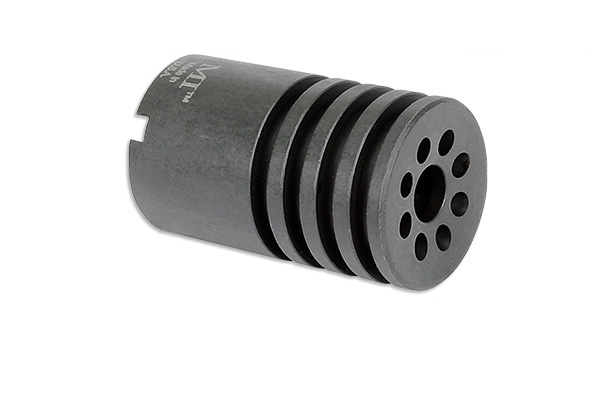

If you’re more of a visual learner like I am, this may process better: 300 Blackout round comes out of the 9-inch SAINT™ Pistol at about 2100 FPS, creating about 1090 foot pounds of energy. 300 Blackout is double the weight of the most common 5.56 bullet weight (a 55-grain).Ī quick comparison shows that a 55-grain 5.56 round out of our 7-inch SAINT™ Pistol comes out at about 2300 FPS, creating about 650 foot pounds of energy. What I am basically saying is that the lightest bullet (commonly a 110-grain projectile) in the. 300 Blackout’s peak performance is based much more on the combination of bullet weight and velocity. The 5.56 REQUIRES velocity for peak performance whereas the. 300 Blackout performs really well, and it actually excels in a short-barreled gun (primarily because it doesn’t lose velocity as rapidly as the 5.56 out of a shortened barrel). 300 Blackout on the internet, so I will share just a little of the basic info with you here.Ĭompared to the 5.56 round, the. There is a ton of ballistic data available for the.

I was able to put one round on top of another at the 80-yard distance. 300 blackout SAINT™ Pistol functioned perfectly and shot amazingly well. Even though that ammo may not have been the optimal choice, the.

300 Blackout was 125-grain supersonic FMJs. The only ammunition I had on hand when testing the. 300 Blackout test firing consisted of shooting multiple steel and paper targets at 80 yards, and I also performed some reload drills. I was excited to get my hands on one of the early production samples and I admit, though I really like the first 5.56 SAINT™ Pistol, I LOVE the newest chambering of. Well, the decisio- makers at Springfield Armory® were on the same track (great minds think alike), and designed the newest SAINT™ Pistol chambered in. In late 2017, Springfield Armory® introduced the SAINT™ Pistol in 5.56, and to say it has been successful would be a huge understatement! Prior to the release, I was tasked with testing the pistol and subsequently penned a blog about it shortly after it came out.Īfter literally shooting thousands of rounds through my 5.56 SAINT™ Pistol (and having a lot of fun), I started to think that a cool, new version would be if it were available in. 300 Blackout rifle largely remained in the gun vault due to other firearm projects taking priority. 300 Blackout.Īs time went on, I continued researching the caliber, but my. I’ll admit that I have only put a few hundred rounds through that gun, but like any good firearm enthusiast, I purchased the dies and components to eventually handload. When I put it all together, the rifle worked great. 300 Blackout, so I invested in a 16-inch. 300 Blackout was here to stay, I took the plunge and built an AR-style rifle with parts that I had on hand. 300 Blackout made its appearance several years ago, I took the “wait and see” approach.Īs time went on, and it was apparent that the.

When a new caliber comes out, I usually wait to see how it’s received and if it’s going to stick around. I am already heavily invested in several pistol and rifle calibers. Historically, I have been hesitant to jump on the bandwagon of newly introduced cartridges. SOURCE: Team Springfield, posted by Steve Horsman Here’s a compelling argument in favor of this relatively new cartridge for an AR15 enthusiast wanting to expand the capabilities of this firearms platform.


 0 kommentar(er)
0 kommentar(er)
